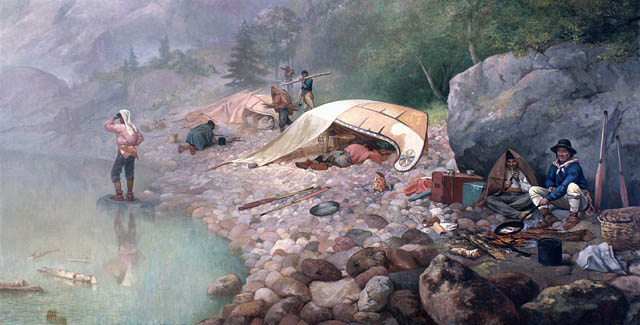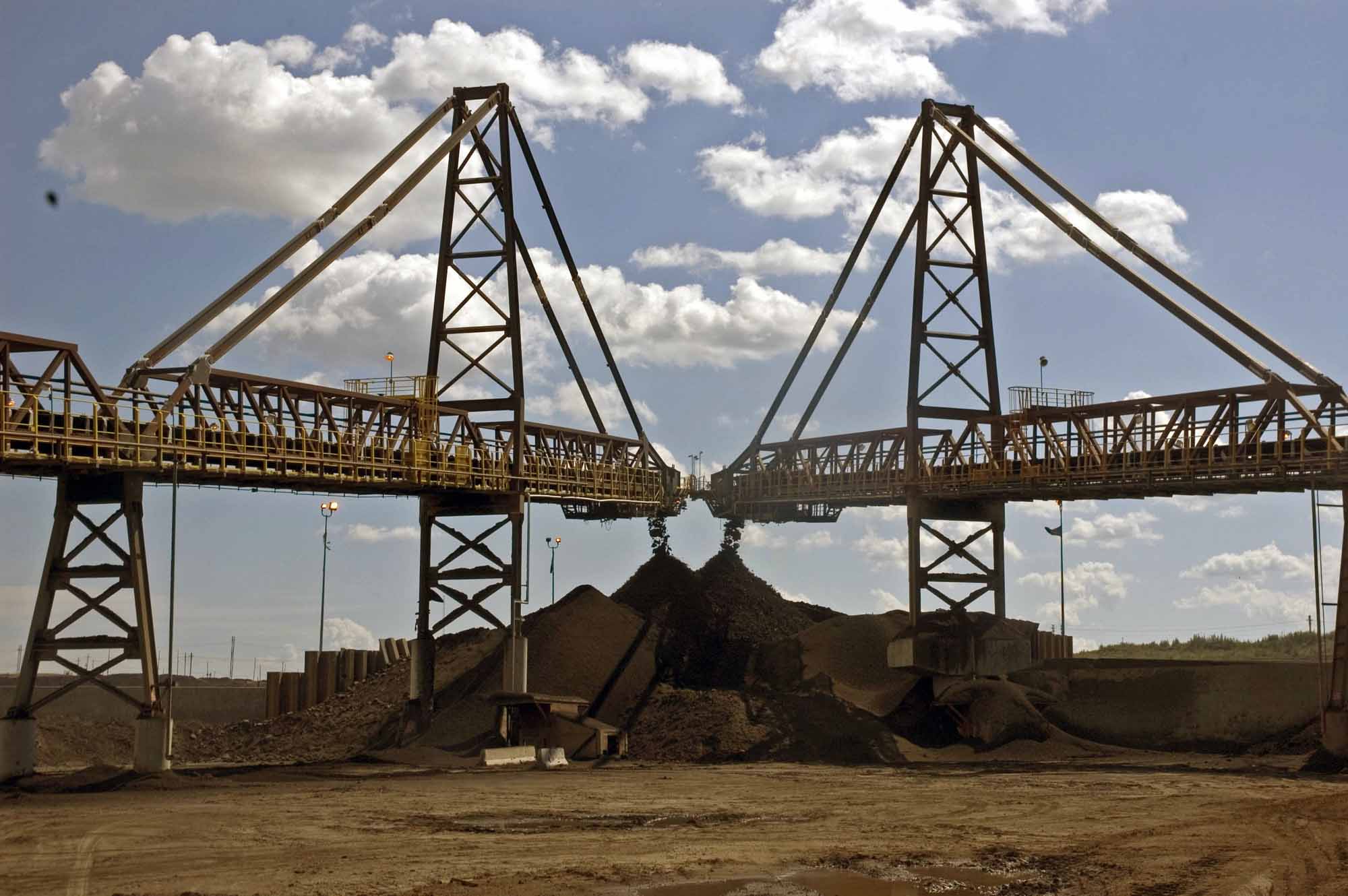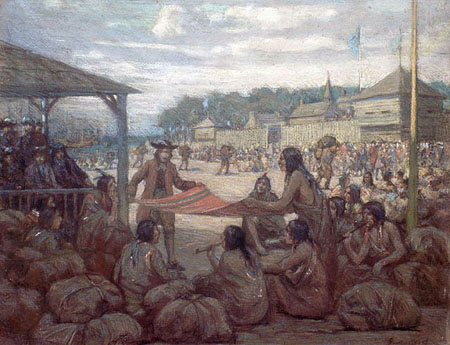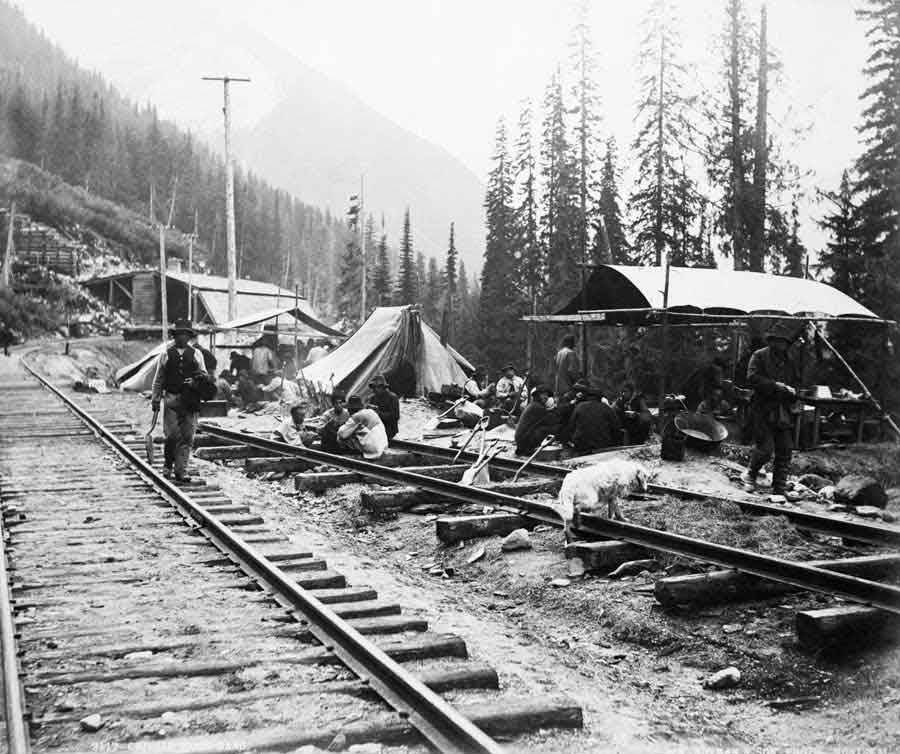Article
Bennett's New Deal
In the mid-1930s, at the height of the Great Depression, Prime Minister R.B. Bennett’s political demise seemed inevitable. He sought to reverse the tide running against his Conservative Party. In January 1935, he began a series of live radio speeches outlining a “New Deal” for Canada. He promised a more progressive taxation system; a maximum work week; a minimum wage; closer regulation of working conditions; unemployment insurance; health and accident insurance; a revised old-age pension; and agricultural support programs. But Bennett’s 11th-hour proposals were seen as too-little, too-late. He lost the 1935 election to William Lyon Mackenzie King and the Liberals.















